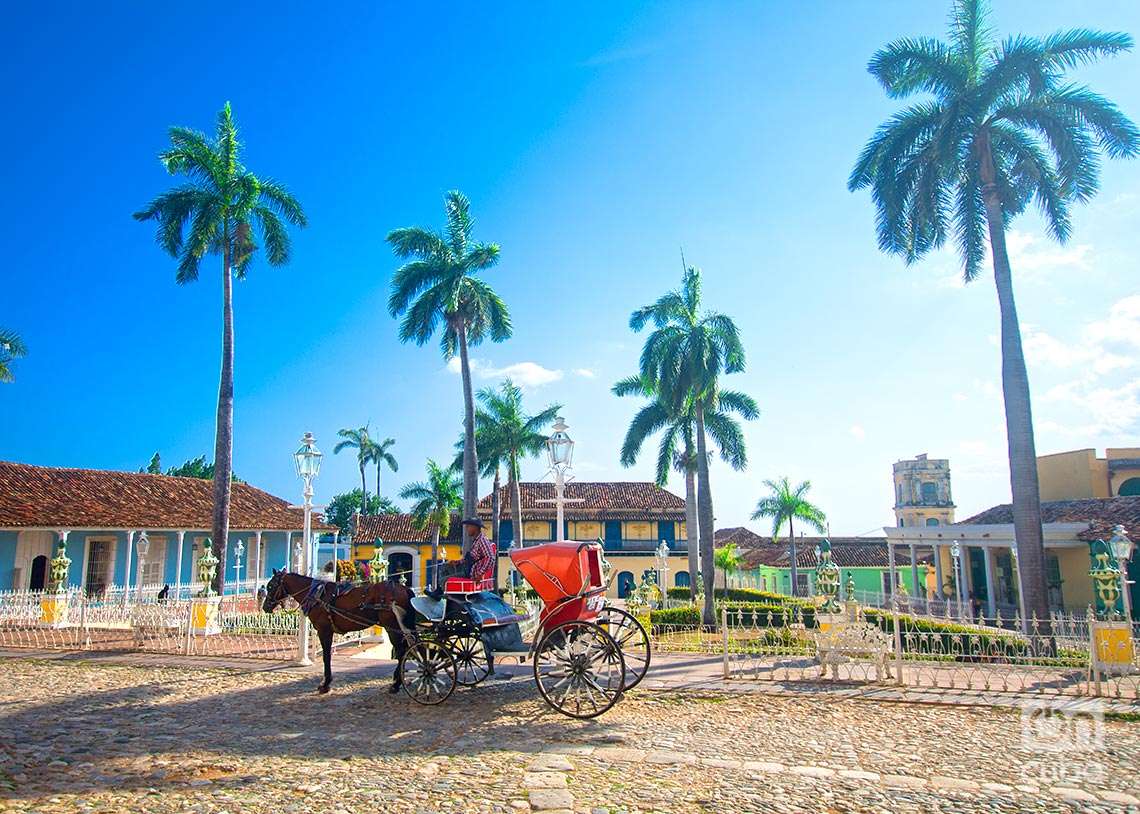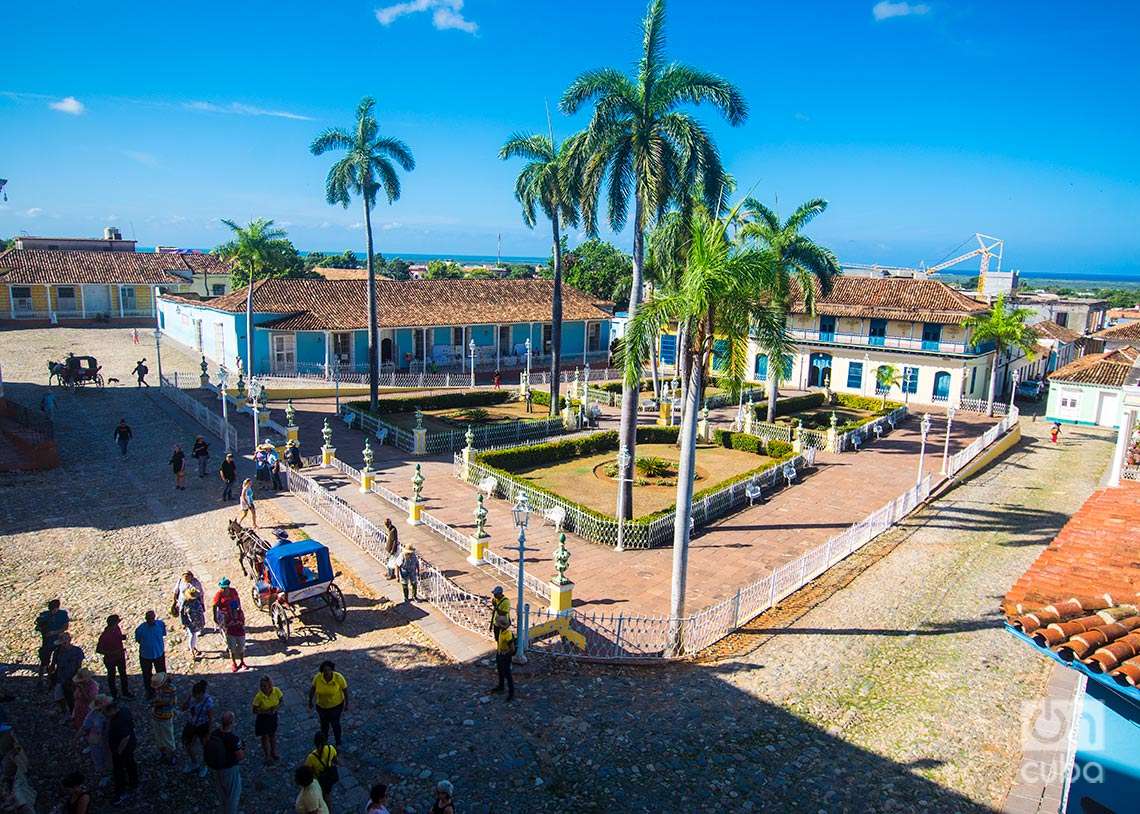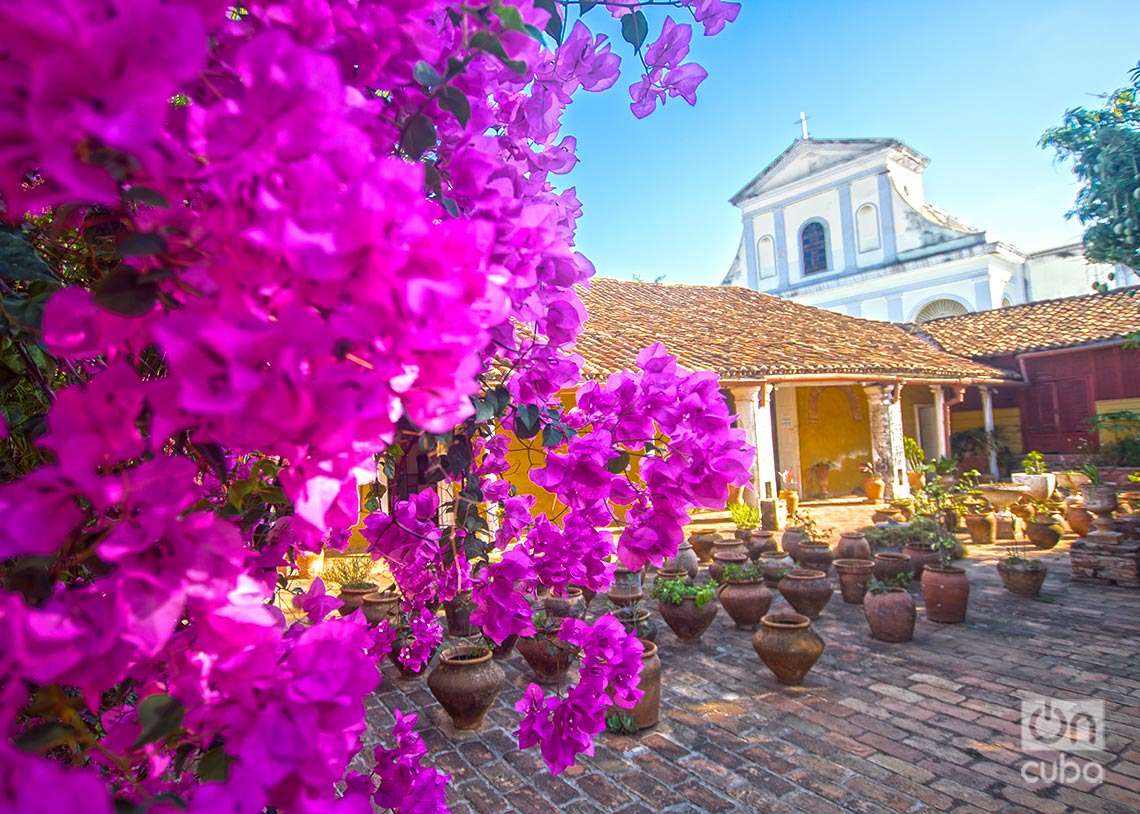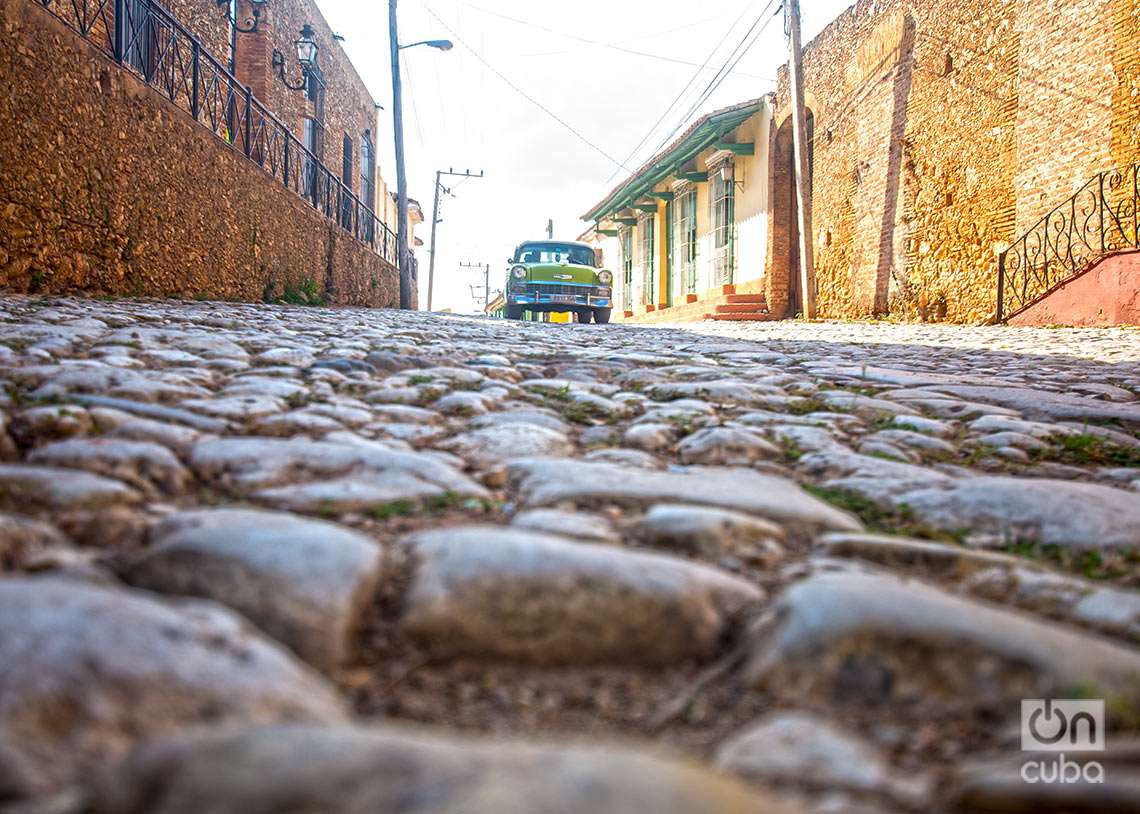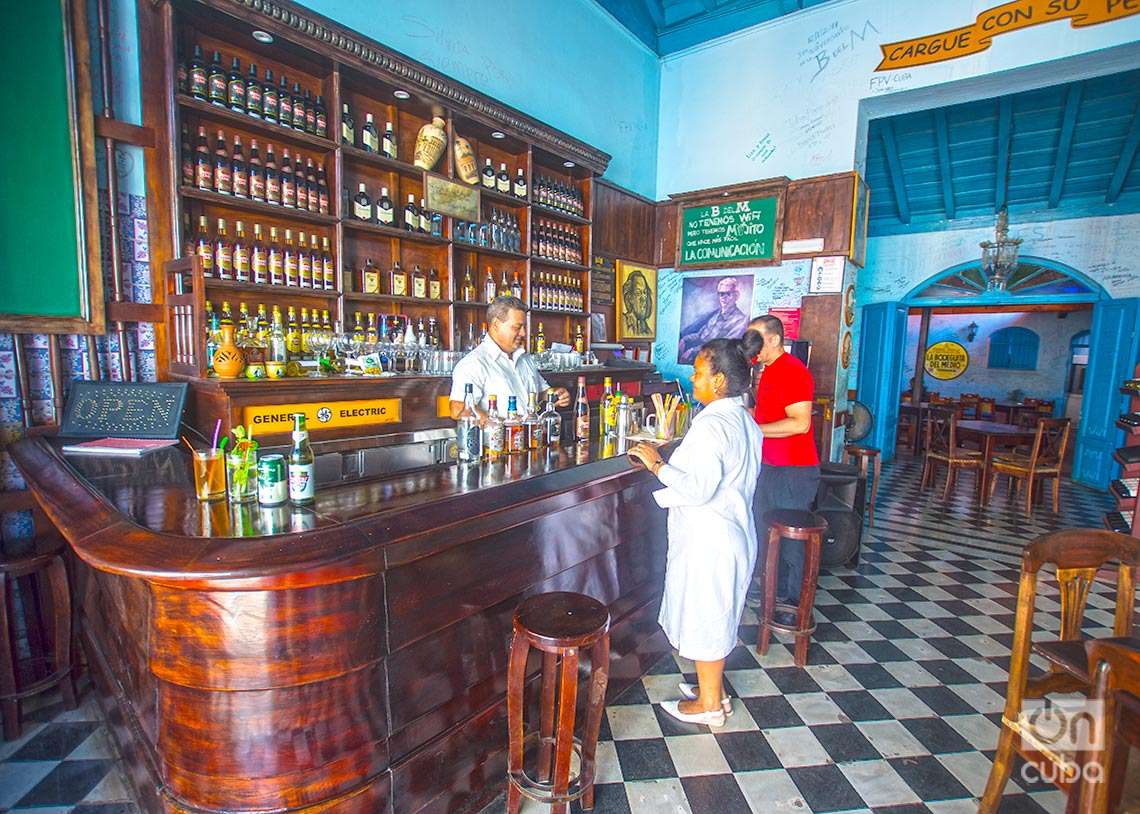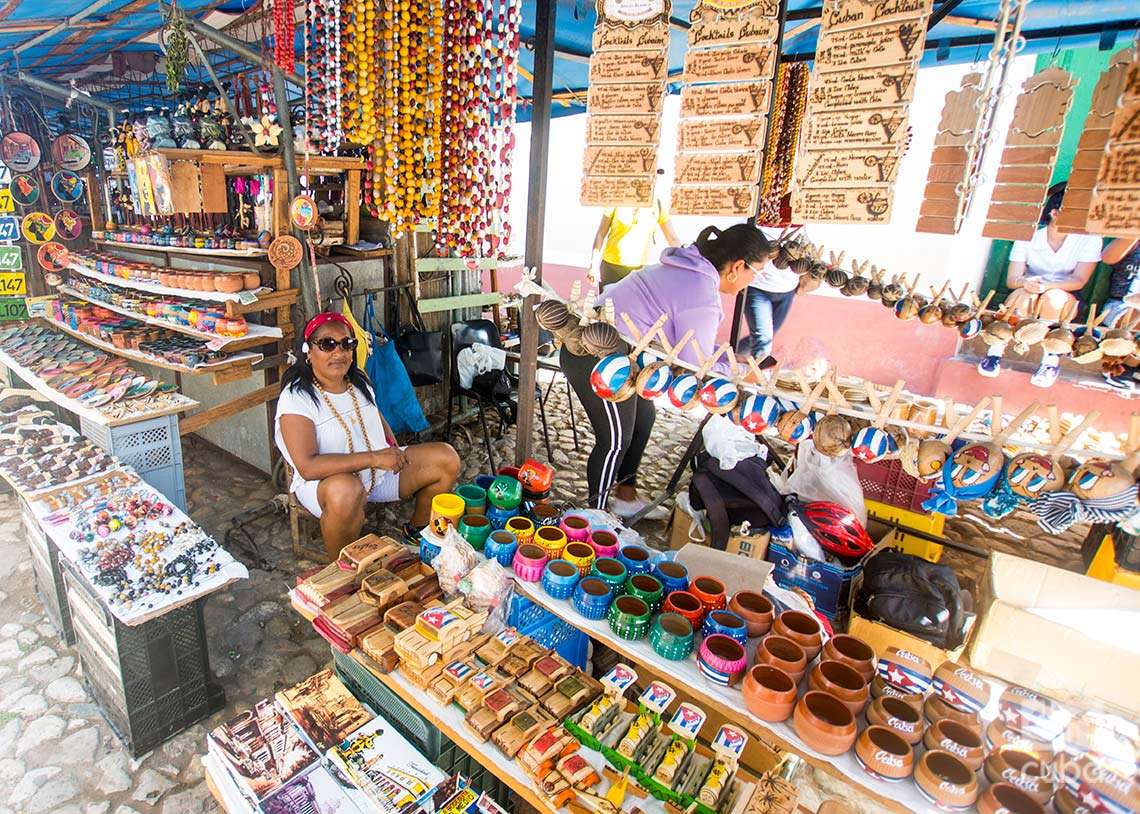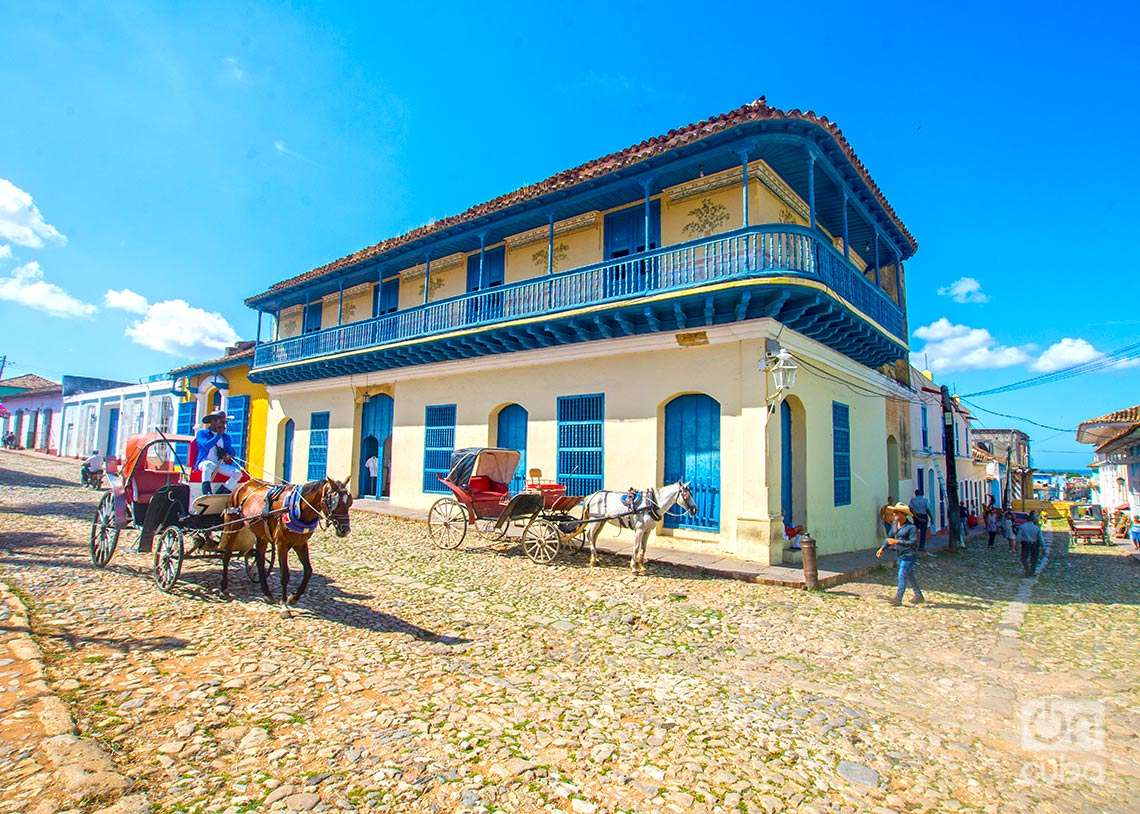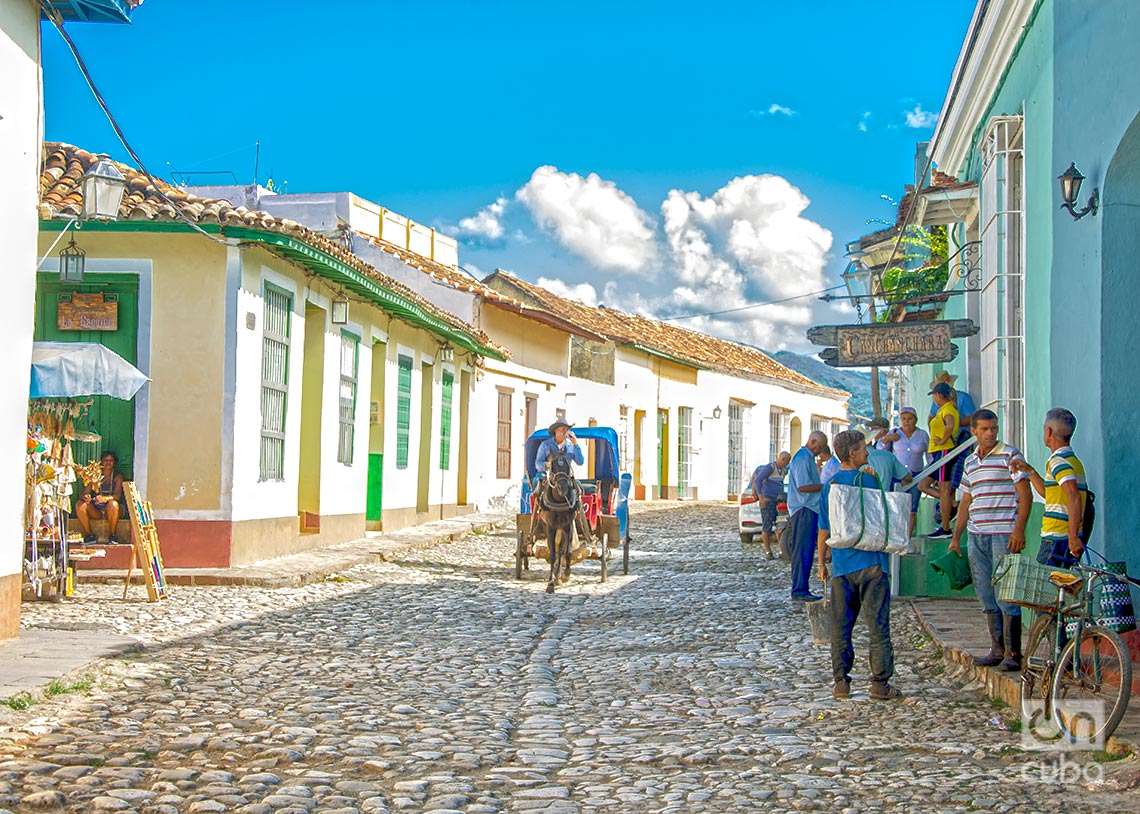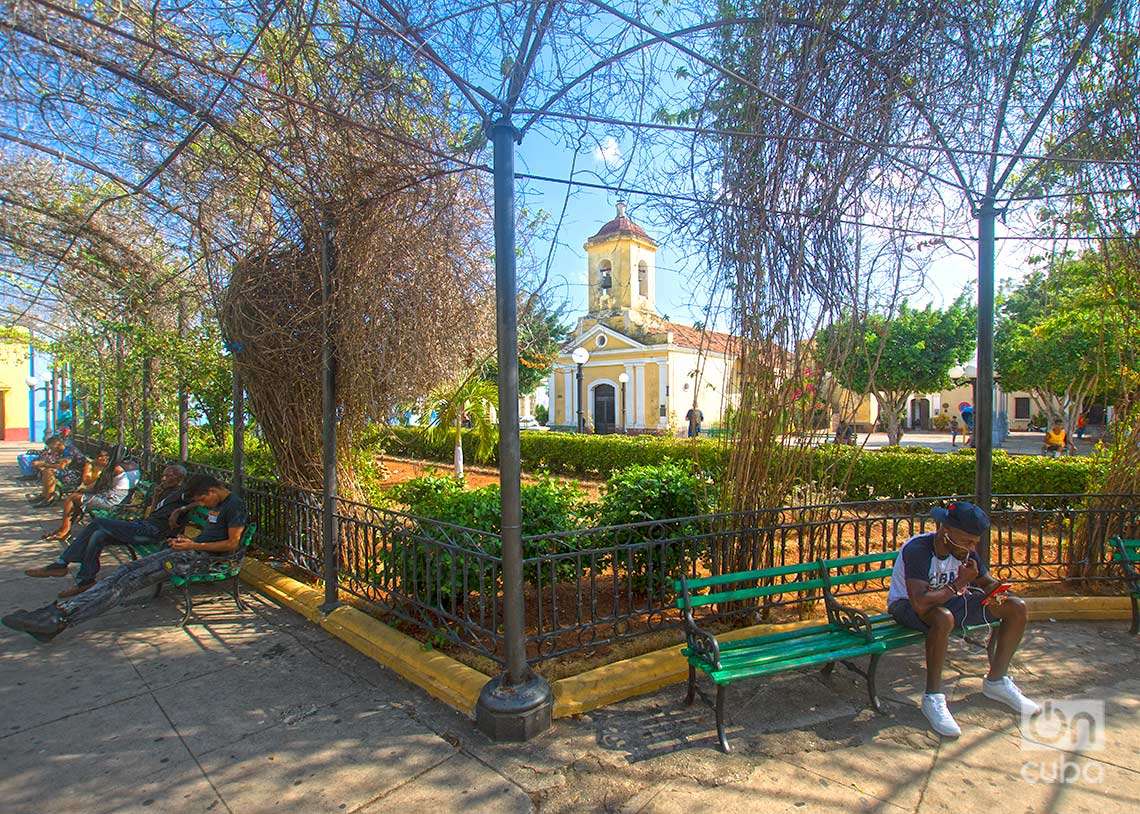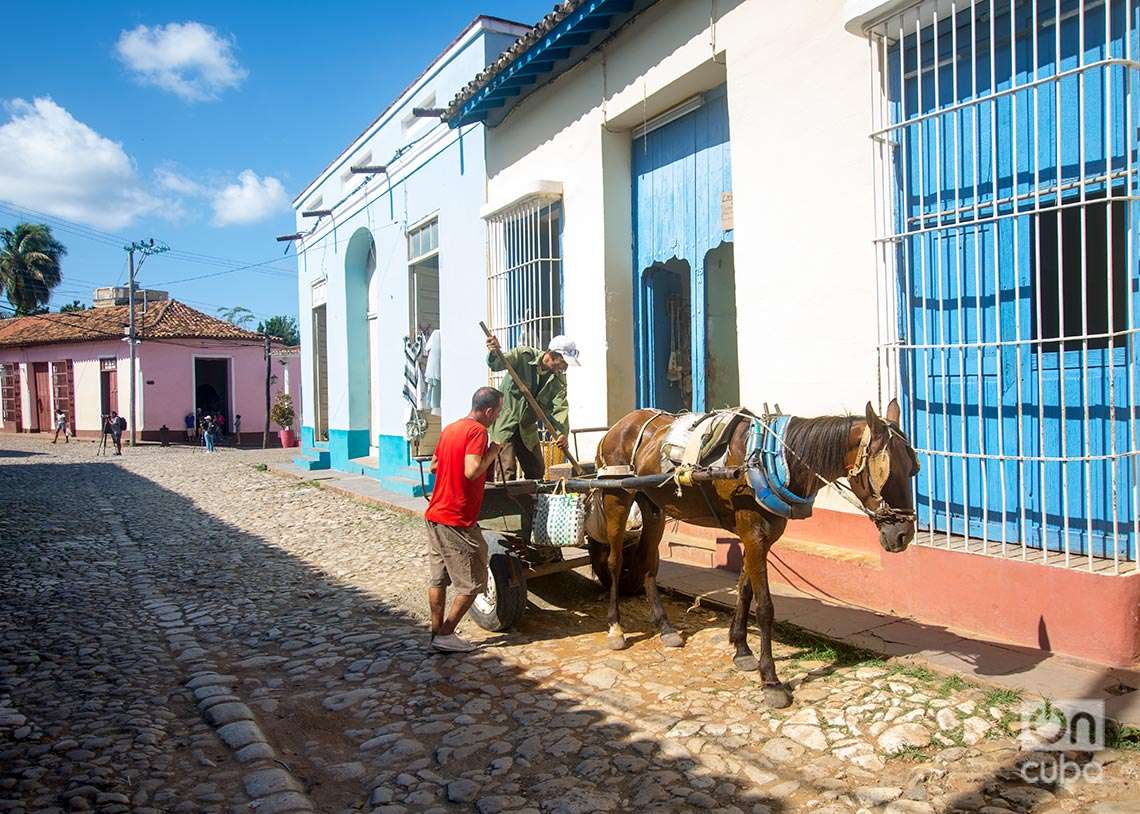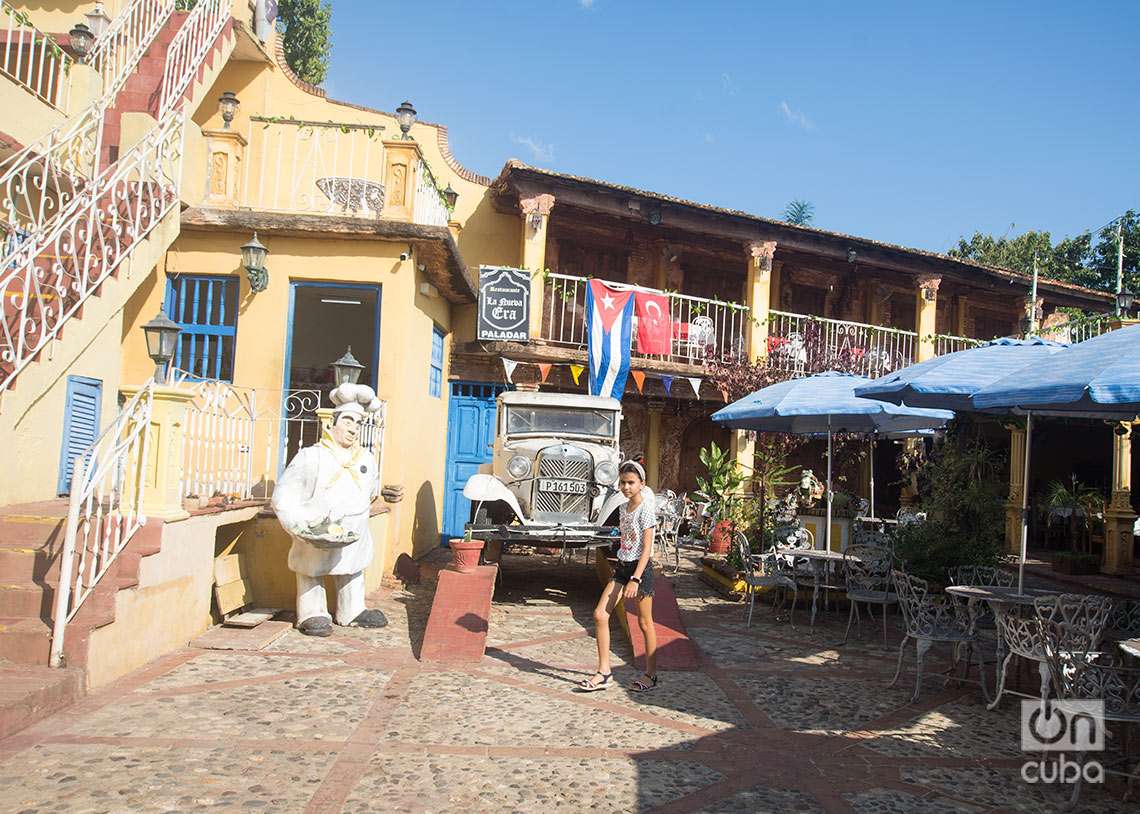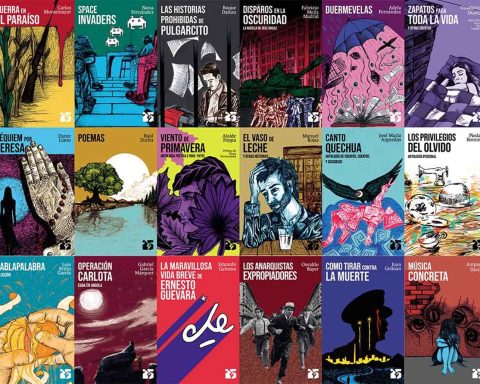Trinidad is a gem of the cuban architecturea city-museum that has become a tourist attraction and a reservoir of Cuba’s tangible and intangible heritage.
Founded more than five centuries ago, in 1514, it was one of the first seven villas built on the island by the colonizers from Spain. But while other settlements have grown into large, cosmopolitan cities, Trinidad has maintained its colonial stamp.
With its cobbled streets, its churches, its tiled houses and its squares of yesteryear, the former town of La Santísima Trinidad seems at times frozen in time.
Its horse-drawn carriages also contribute to this anachronistic air, with its helpful coachmen, its majestic patios and its artisan and pottery tradition, which distinguishes it in Cuba and recently earned it the appointments as Creative City and World Craft City.
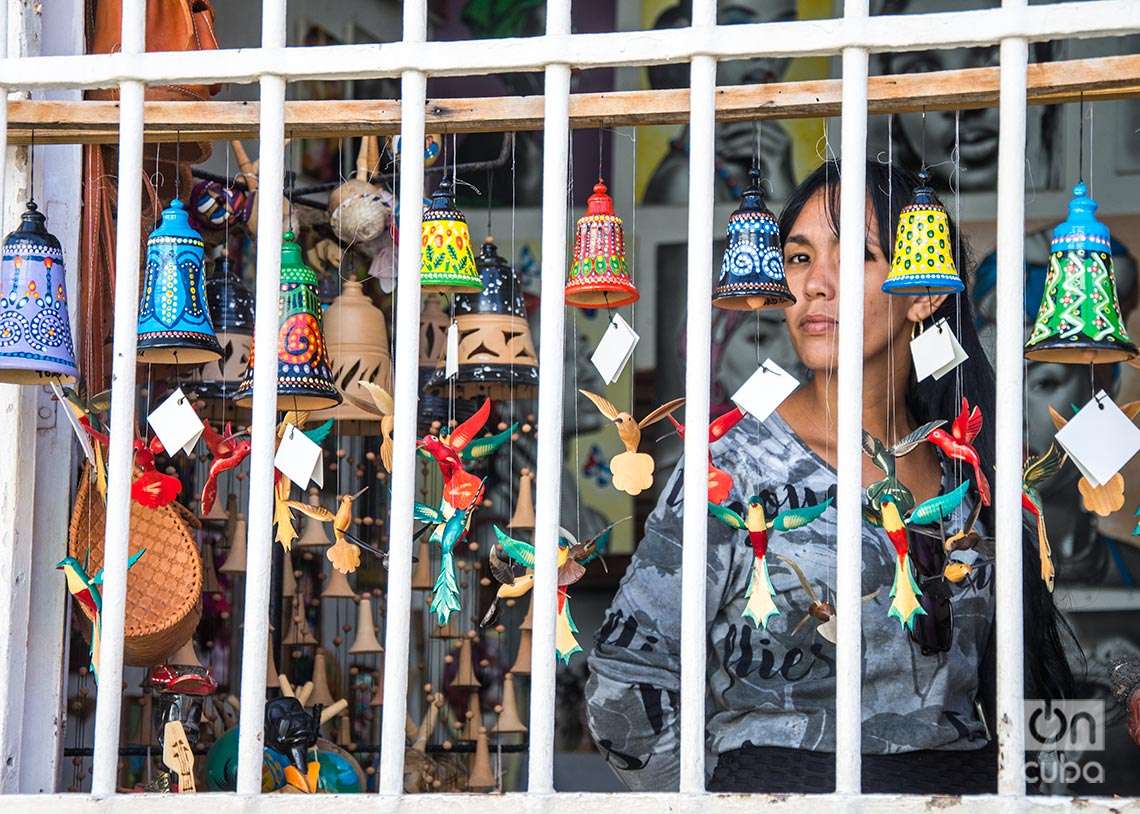
Before, in 1988, Unesco had already declared its historic center Cultural Heritage of Humanity, along with the so-called Valle de los Ingenios.
Its Parish Church, its well-known Plaza Mayor, palaces such as the Brunet and the Cantero, today occupied by museums, and the Museum of Colonial Art, are some of its emblematic sites, obligatory stops for those who visit it, as well as its restaurants, hotels and outlets.
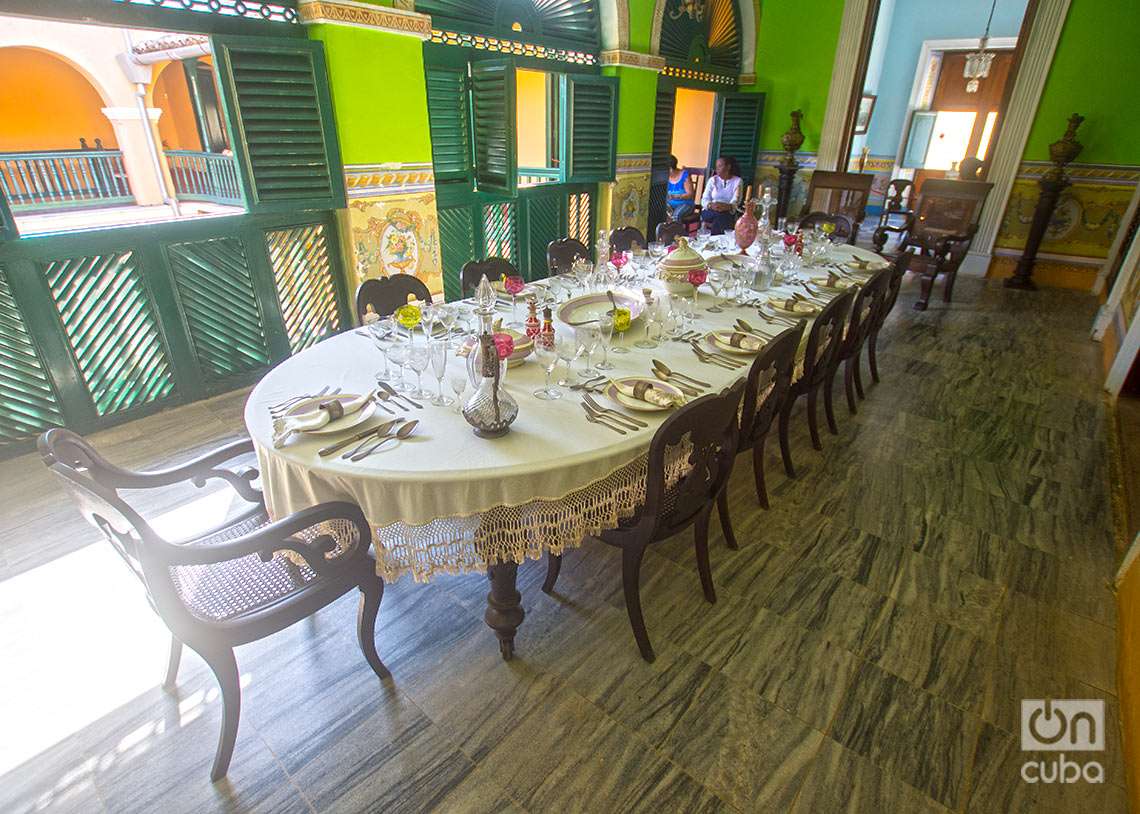
With all these values and a privileged natural environment, Trinidad is one of the most important tourist poles in Cuba.
A museum city that, like other banners of Cuban tourism, seeks these days to shake off the lethargy caused by the pandemic.
